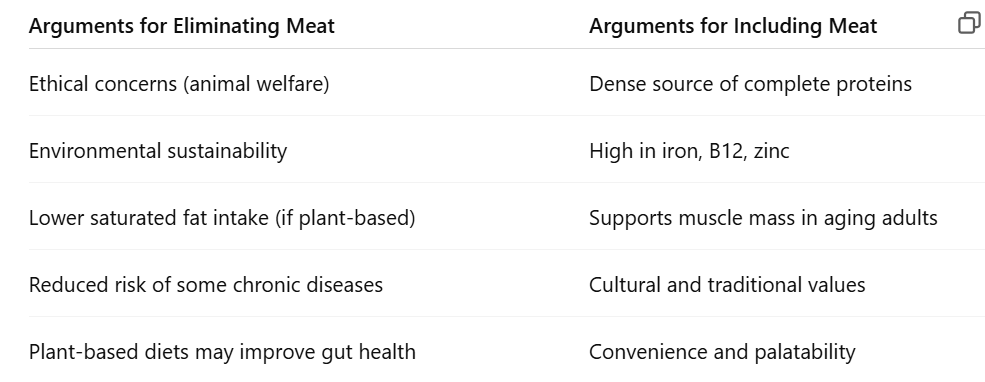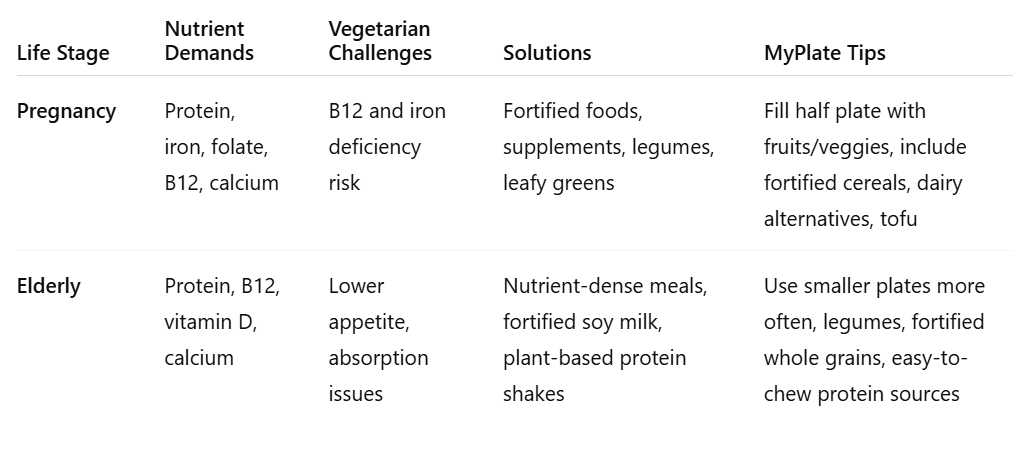Chapter 6 Human Nutrition
1/21
There's no tags or description
Looks like no tags are added yet.
Name | Mastery | Learn | Test | Matching | Spaced |
|---|
No study sessions yet.
22 Terms
What is the nature of proteins?
Proteins are large, complex molecules made up of amino acids, essential for various bodily functions including tissue repair, enzyme activity, and immune response. They play a key role in building and repairing tissues, making enzymes and hormones, and supporting immune function.
What is the nature of amino acids?
Amino acids are organic compounds that serve as the building blocks of proteins, playing critical roles in metabolism and serving as precursors for neurotransmitters and hormones. They build proteins by linking together through peptide bonds to form polypeptides and proteins.
Coiling and Folding of Protein Molecules
is the secondary and tertiary structures that result from hydrogen bonding and interactions between amino acid side chains, determining a protein's shape and function.
Identify and explain the roles of proteins and amino acids in the body
Proteins and amino acids are vital for growth, repair, and maintenance of body tissues. They also facilitate biochemical reactions, transport molecules, and support immune functions. Additionally, proteins act as enzymes, hormones, and antibodies, playing crucial roles in metabolic pathways and cellular signaling.
Protein Synthesis
is the process by which cells generate new proteins based on the genetic instructions encoded in DNA, involving transcription and translation.
How does chemical digestion of proteins proceed in the mouth?
Chemical digestion of proteins begins in the stomach, where pepsin is activated by gastric acid to break down proteins into smaller peptides. The process does not occur significantly in the mouth, as protein digestion primarily starts in the stomach.
How does chemical digestion of proteins proceed in the stomach?
Chemical digestion of proteins begins in the stomach where gastric juices, including hydrochloric acid and pepsin, denature proteins and break them down into smaller peptides.
How does chemical digestion of proteins proceed in the small intestine?
Chemical digestion of proteins continues in the small intestine with the help of pancreatic enzymes like trypsin and chymotrypsin, which further break down polypeptides into amino acids for absorption.
How does chemical digestion of proteins proceed in the intestinal lining?
In the intestinal lining, enzymes such as peptidases further break down peptides into amino acids, which can then be absorbed into the bloodstream.
What is the role of enzymes?
Enzymes act as biological catalysts that speed up chemical reactions in the body, facilitating the breakdown of nutrients like proteins, carbohydrates, and fats for digestion and absorption.
Which structures provide for enzymes?
Enzymes are produced by the pancreas, salivary glands, and the lining of the stomach and intestines.
What does the pancreas do for enzymes?
The pancreas produces and secretes digestive enzymes such as amylase, lipase, and proteases that aid in the digestion of carbohydrates, fats, and proteins in the small intestine.
What do the salivary glands do for enzymes?
The salivary glands produce saliva that contains enzymes like amylase, which begins the digestion of carbohydrates in the mouth.
How are amino-acids absorbed?
Amino acids are absorbed primarily in the small intestine through active transport mechanisms and then enter the bloodstream for distribution to cells.
Explain what happens to amino-acids after protein is digested
After protein digestion, amino acids are released, absorbed in the small intestine, and transported via the bloodstream to various tissues for protein synthesis and energy production.
What is Celiac Disease?
Celiac disease is an autoimmune disorder triggered by the ingestion of gluten, leading to damage in the small intestine and erodes the intestinal villi, severely limiting nutrient absorption.
What is Non-Celiac Sensitivity?
Non-Celiac Sensitivity is a condition where individuals experience adverse gastrointestinal and extra-intestinal symptoms upon consuming gluten despite not having celiac disease or a wheat allergy.
What happens when you eat too little proteins?
Eating too little protein can lead to muscle wasting, weakened immune function, and nutritional deficiencies. It may also cause edema, fatigue, and delayed wound healing.
What happens when you eat too much protein?
Eating too much protein can lead to dehydration, kidney strain, and increased risk of chronic diseases such as heart disease. It may also result in weight gain if caloric intake exceeds energy expenditure. red meats, processed meats, and fat-containing milk products add on saturated fat to the diet
Arguments for including meat vs. eliminating meat

Compare and Contrast vegetarian diets with the diet of meat eaters
Vegetarian diets typically involve no meat consumption, focusing instead on plant-based foods, dairy, and eggs, whereas meat eaters include various animal products in their diet. This can lead to differences in nutrient intake, environmental impact, and ethical considerations surrounding food choices. Vegetarian diets: Lower in saturated fat, high in fiber, antioxidants, phytochemicals. Need careful planning for B12, iron, zinc, omega-3.
Meat eater diets: Easier access to complete proteins and some nutrients but may be higher in saturated fat and cholesterol.
Advice for Two People in Critical Life Stages (e.g., Pregnancy and Elderly)
